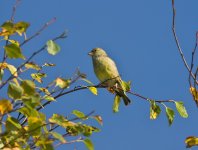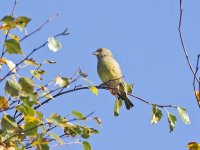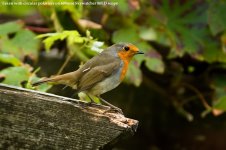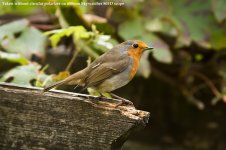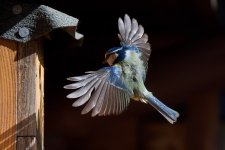SeattleDan
Well-known member
Prime Focus DSLR or Micro 4/3 thru ED Refractor Assy. Circular Polarizer Options ???
I have a deck facing East and slightly North, overlooking a river, where I watch birds. I live near Seattle, so we have various light challenges... overcast or clouded skies with deep green landscapes, and water. I'm not even up to the "novice" level of photography.
I'm shopping and thinking about what to get, while I save money, playing with my cheap scope and little digi-cam.
The Sun comes up and fills my living room and deck with direct light, from South, and East until about Eleven AM. Then it goes to my right rear, as I face the subjects along the river, South and West, behind the building. But, even in the afternoon, with the light from behind, and the clouds, river, buildings etc, reflecting light... I still need a Polarizer.
1. Will a more or less permanent, Circular Polarizer, be effective, or even possible, as a part of the adapter, filter, assembly between the Scope and Camera? Straight, angled, or 90 degrees? It would be more convenient there.
2. Would it be better to have a full objective sized Polarizer over the end? If so, could this effect the ED or HD qualities that I'm wanting from the Coatings on my Objective Lens?
3. While I'm at it (although I have a million questions, I'll stop here)... The DSLR or Micro 4/3 have large sensors. But with optical aberration from the scope/lens, I think I read that a "Flattener" would help utilize the full size of the sensor, bringing the outer areas into crisp focus as well. (They use this in Astrophotography). I will usually not want a "doubler;" but more likely will want, a "reducer," for near focus. Will the Circular Polarizer, Flattener, and either with Reducer or Doubler, combined, be just one thing too many?
Can it work?
OK, thanks ya'all.
Dan
I have a deck facing East and slightly North, overlooking a river, where I watch birds. I live near Seattle, so we have various light challenges... overcast or clouded skies with deep green landscapes, and water. I'm not even up to the "novice" level of photography.
I'm shopping and thinking about what to get, while I save money, playing with my cheap scope and little digi-cam.
The Sun comes up and fills my living room and deck with direct light, from South, and East until about Eleven AM. Then it goes to my right rear, as I face the subjects along the river, South and West, behind the building. But, even in the afternoon, with the light from behind, and the clouds, river, buildings etc, reflecting light... I still need a Polarizer.
1. Will a more or less permanent, Circular Polarizer, be effective, or even possible, as a part of the adapter, filter, assembly between the Scope and Camera? Straight, angled, or 90 degrees? It would be more convenient there.
2. Would it be better to have a full objective sized Polarizer over the end? If so, could this effect the ED or HD qualities that I'm wanting from the Coatings on my Objective Lens?
3. While I'm at it (although I have a million questions, I'll stop here)... The DSLR or Micro 4/3 have large sensors. But with optical aberration from the scope/lens, I think I read that a "Flattener" would help utilize the full size of the sensor, bringing the outer areas into crisp focus as well. (They use this in Astrophotography). I will usually not want a "doubler;" but more likely will want, a "reducer," for near focus. Will the Circular Polarizer, Flattener, and either with Reducer or Doubler, combined, be just one thing too many?
Can it work?
OK, thanks ya'all.
Dan




